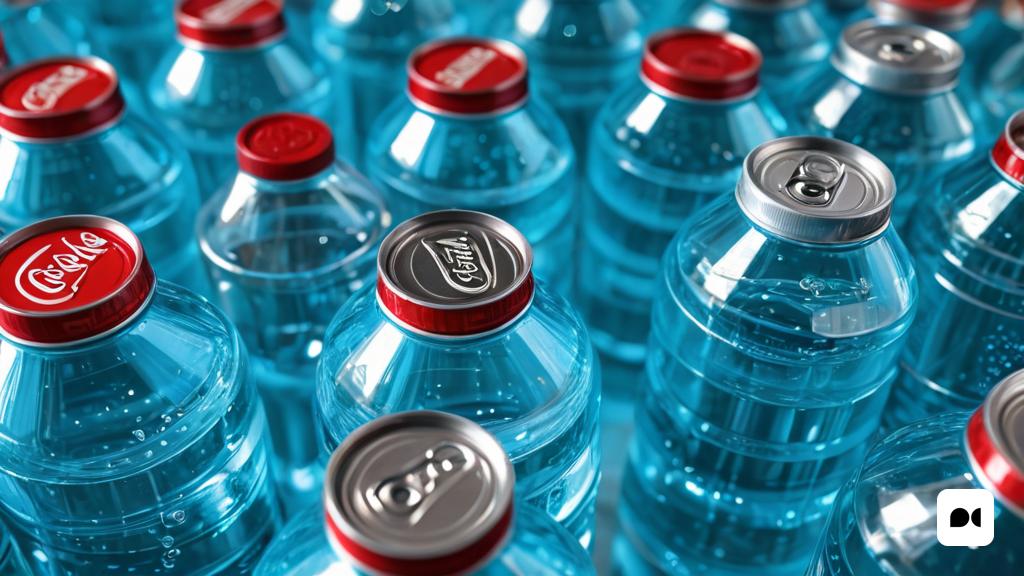A Revolutionary Discovery
A team of engineers at the renowned Massachusetts Institute of Technology (MIT) has developed an innovative method for producing hydrogen from aluminum and seawater, a breakthrough that promises to reduce the carbon footprint of fuel generation.
The Production Process
The technique proposed by the researchers is surprisingly simple. It involves adding pieces of treated aluminium to a container of filtered seawater. This method stands out for its simplicity, as aluminium in its pure form reacts effectively in the presence of sea salts, generating bubbles and hydrogen as a result.
The Magic of Caffeine
What began as an unusual discovery — the accidental addition of coffee grounds to the mixture — led scientists to discover that one of caffeine’s active components, known as imidazole, significantly speeds up the reaction, promoting faster hydrogen production.
Practical Application Potential
The authors of the study express their enthusiasm for future applications of their discovery in the maritime field. They imagine the possibility of building reactors that could power ships and submarines using only recycled aluminium pellets, accompanied by gallium, indium and caffeine.
A Sustainable Solution
Not only does this approach eliminate the need to transport large amounts of seawater or hydrogen, it transforms aluminum into a practical and efficient fuel. As Aly Kombargi, the study’s lead author and a PhD student in MIT’s Department of Mechanical Engineering, explains, “The fact that water is available anywhere allows us to simplify fuel logistics at sea.”
A Bright Future for Hydrogen
This promising discovery not only represents a breakthrough in hydrogen production, but could also revolutionize maritime transport. With growing interest in clean energy solutions, MIT’s work is positioned as a sustainable model for the future of energy in aquatic environments.

